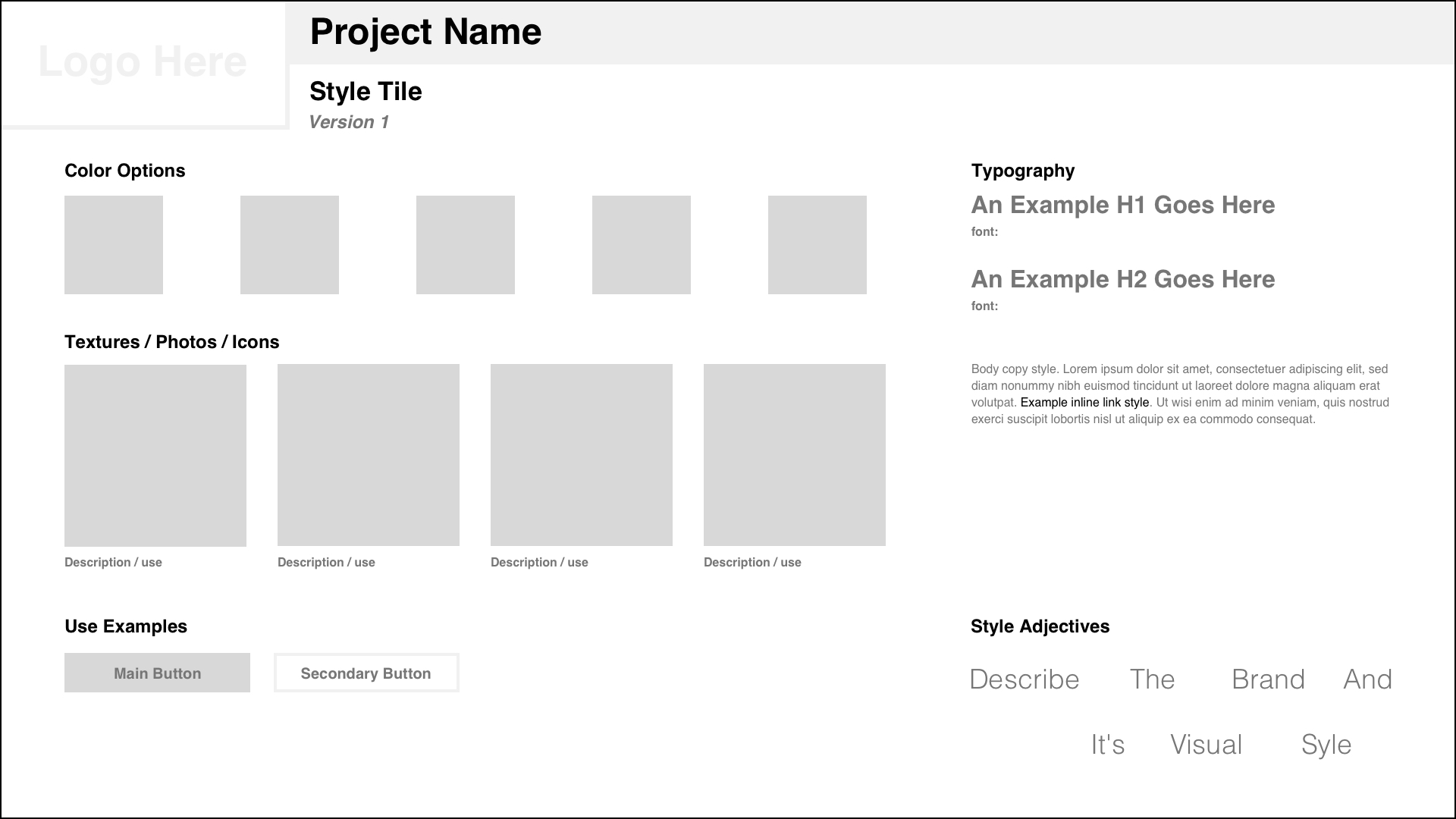We are constantly told to think outside the box, push the boundaries, and be unique, but for web designers, this isn’t necessarily the best approach. Constraints are a necessary part of any design project, and they are there for a reason. Technology constraints, limited budget, short timeline, or any number of other constraints all come together to form a framework for design and push us toward smarter solutions with more focused creativity. Innovation and creativity provide the most value when they occur within constraints.
Innovation and creativity provide the most value when they occur within constraints.
Constraints Are Not a Bad Thing
Constraints often get a bad rap. They sound so stifling and constricting—the exact opposite of creativity. For designers, it can be easy to receive a project brief and immediately start dreaming up an elaborate and beautiful solution before fully grasping the framework of constraints needed to guide how the final design looks and feels.
Say, for example, you are creating a website for an ice cream shop. You quickly search Dribbble for some design inspiration and then start designing in a style that you really enjoy with some trendy elements, which in your mind, will help the site stand out. Great idea, right? Well, what if the client sees the design and is concerned because what you came up with doesn’t fit their brand and would take too long to develop. You didn’t meet the client’s expectations because you forgot to take the time to thoughtfully consider the unique constraints of the project.
Client-Specific Constraints
The audience is a primary consideration on any project. Whether it’s the company you work for or one you’ve never heard of, every client is unique and has a unique audience. You should take the time to research and understand the audience before attempting to design a site for the audience—not you—to use and enjoy. The client’s existing brand guidelines and attitude are also important constraints since they often help direct the visual feel of your design.
Project Specific Constraints
Timeline, budget, and goals are all huge factors that are unique to each project. You have to understand the timeline and budget in order to know when and where to spend your creative energy. Goals, like a ship’s rudder, help to steer the project in the right direction. If your work doesn’t address the goals of the project, then you have not done your job, no matter how amazing the design is.
Don’t Forget User Experience
The goal of a smooth and useful user experience should be a primary consideration for any project. Accessibility and clarity are super important here. For example, your design might look stellar on your big, bright monitor but if the typography is too small or lacks contrast to the point that it becomes unreadable, then it’s not going to add value for your client. You aren’t just making art; you’re problem-solving and building experiences.
You aren’t just making art, you’re problem-solving and building experiences.
When You Don’t Know Where to Start
Maybe you aren’t the kind of designer who is inclined to jump in and just build your own out-of-scope solution. Great! That means you value design constraints! But perhaps you have the opposite problem: you are kicking off a new project and don’t know how to get started. Creativity block strikes hard sometimes. A blank canvas can actually kill your creativity. One of the best ways to combat this is to go through the project constraints and just start simple, without the pressure to create an amazing solution from the very beginning. If the client’s brand constrains you to using only red and black, start there. Do some research on your client’s target audience to help focus your scope. Remember, constraints help you focus your creativity on the problem at hand.
When I get stuck or overwhelmed by a project, it often helps me to sketch some simple layout ideas before moving to style tiles or an element collage. This allows me to just focus on page structure before experimenting with styles, which can be rather overwhelming. Don’t expect to create a masterpiece from the beginning. If you do, it can be easy to latch onto one initial idea without solving the client’s goals or allowing for experimentation and exploration throughout the design process. Trial, error, and experimentation often lead to the best end solution—the one that’s right for the client.
When to Innovate
Short answer: often. And always within—you guessed it—project constraints. At Sparkbox, we always seek to add value for our clients, and one of the ways we do this is through designing and building unique solutions that align directly with the client’s specific goals.
While exploring design, you might think of a great idea that is out of the scope of the project. Don’t be afraid to share it with the client! Knowing that you’re thinking long-term and seeking to add value demonstrates that you’re invested and have their best interests in mind.
What to Do on Your Next Project
Next time you start a project, do your homework first. Firmly establish the goals and problem(s) you are solving. Then, take the time to establish your constraints, and even write them down for future reference. Research the client, their industry peers, and the intended audience. Gather inspiration that fits within the constraints and isn’t just a style you enjoy or are comfortable working with.

Then, begin to build your solution, and use your creativity to innovate within the bounds of the project. Don’t be afraid to explore concepts and experiment with design, as long as the budget and timeline allow. It is important to remember that constraints provide a framework for your innovation and creativity to help guide you to design solutions that add value.

